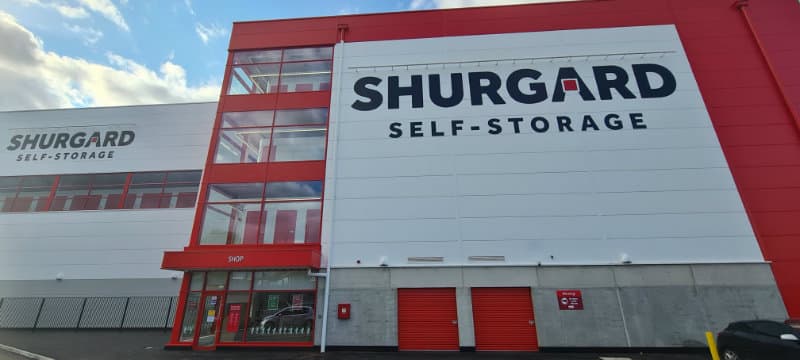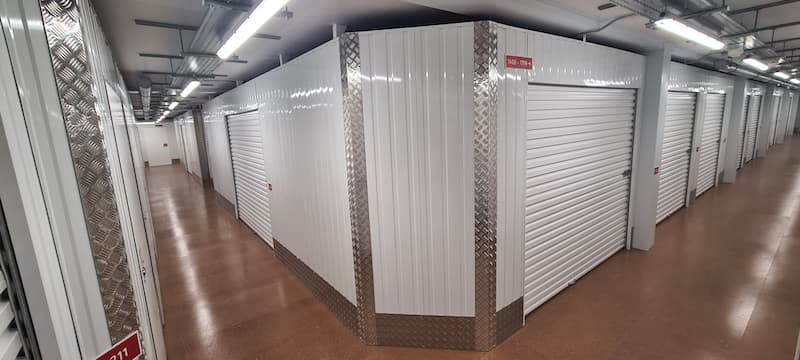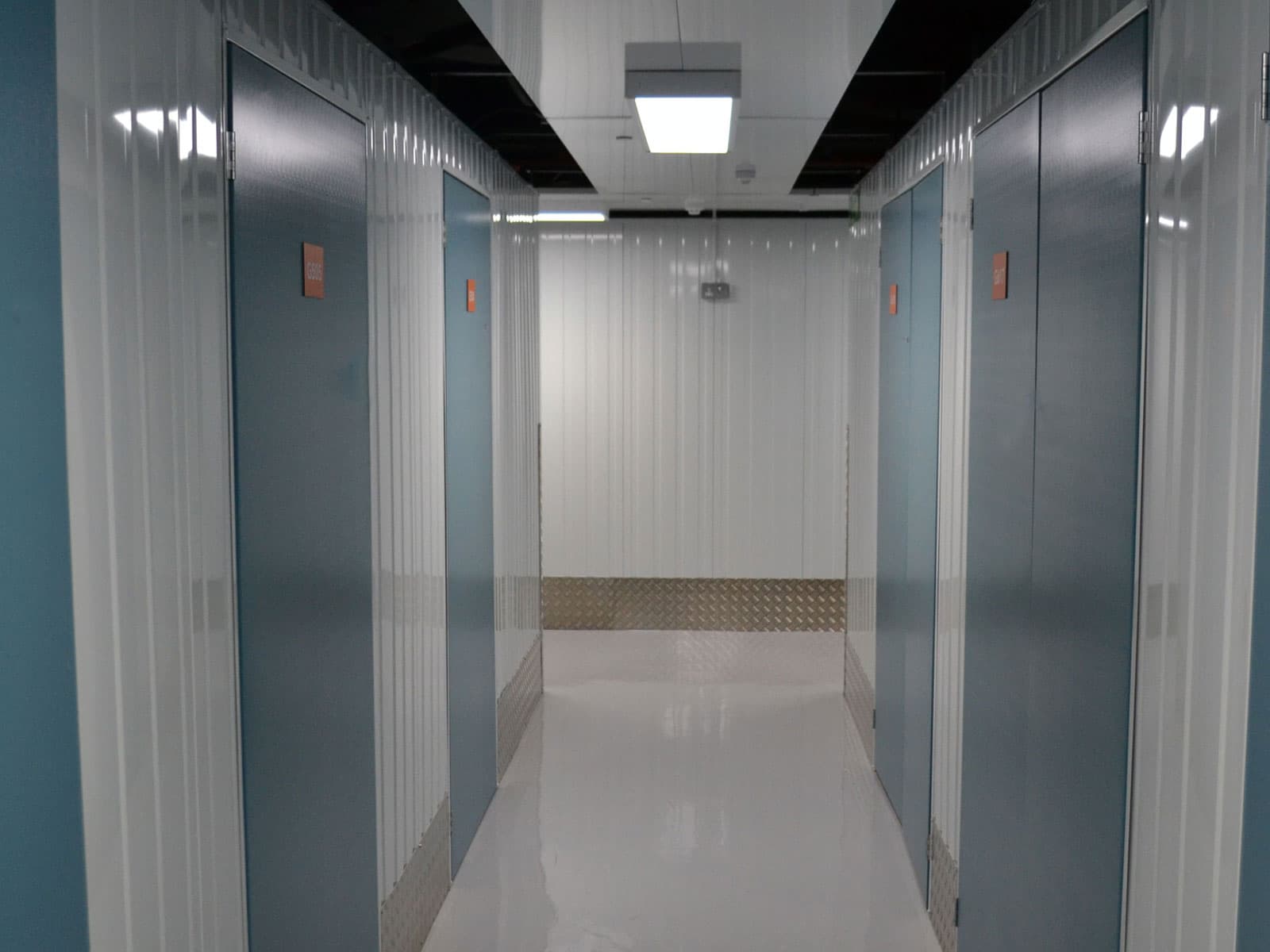There are very few industries that can claim to be recession-proof. Still, self-storage may be one of those impacted the least by a wider economic downturn.
Figures published by Inside Self Storage show that self-storage real estate investment trusts (REIT) were the only real estate asset type that produced positive returns following the financial crash of 2008. While this doesn’t guarantee a similarly bombproof reaction to any pandemic inspired downturn, it strongly indicates a sector capable of weathering the extremes of economic turbulence. In the first quarter of 2020, as COVID-19 began to wreak havoc on the economy in the US, the National Association of Real Estate Investment Trusts reported that REIT which specialise in self-storage only dropped by 11% between January and April, while the Dow Jones Industrial Average dropped by 16.96% and Hotel REITs slumped by a massive 53.69%.

Figures released by publicly listed larger self-storage companies underline this seeming ability to take a period of severe economic disruption in their stride. Shurgard, for example, reported third-quarter results up to the end of September 2020 which saw operating revenue grow by 5.2% over the first nine months of the year, with occupancy up 1.4% year on year. The figures for Safestore were even more impressive, with a 6.9% increase revenue and a 2.5% increase in occupancy up to the end of October 2020. The like for like occupancy rate in the UK alone rose by 4.2% over the year to hit 81%.

When reporting similarly robust figures for the year from April to September 2020 – a 2.3% increase in revenue and a 6.6% boost in like for like occupancy – Nicholas Vetch, the Executive Chairman of Big Yellow, offered some explanation for the resilience of the self-storage sector, a resilience which is also being mirrored amongst the smaller, independent operators:
"This pandemic has accelerated many structural changes that were already occurring, such as the move to online retailing and an increase in working from home, facilitated by technological advances. These developments, combined with the shortage of quality, flexible, mini-warehousing space, particularly in London, are helping to drive our demand, and we believe these are long-term trends."
This recognises several facts. First, personal self-storage is often driven by the kind of life events – divorce and bereavement, for example – which continue to impact on people whether the economy is thriving or not. In contrast, the demand for business storage can be driven in equal measure by businesses expanding and needing more room to store stock or downsizing and no longer having the space for existing stock or the cash flow to keep that stock moving. In addition, if the housing market slumps, then more people need space to store belongings which they haven’t got room for until they relocate. At the same time, a booming housing market leads to more people needing temporary storage while moving from one place to the other.
Current Trends
The European Self Storage Annual Survey 2020 is the ninth annual survey carried out by the Federation of European Self Storage Associations (FEDESSA) and the information gathered from 100 self-storage operators based in 16 countries was gathered, at least in part, during the period in which COVID-19 was beginning to impact on global activity of virtually every kind. The report’s overall estimate is that there are 4,831 facilities in Europe, providing almost 10.5 million square metres of self-storage space. These are figures that have continued to grow over the last 12 months. The majority of these facilities are owned and run by independent operators. However, the more mature markets – such as the UK – are seeing a consolidation of major operators running more than 10 facilities. This has opened up a gap in the market for medium-sized operators staking a claim in the mid-tier of the market by running four to nine facilities. Another area for growth in the short term is the amount of floor space per person; highest in the UK, followed closely by The Netherlands. In countries like France, Belgium and Germany the amount of floor space is still lagging behind the European average, which means that these countries offer new investors the potential to take advantage of demand that is not yet being met.
The average occupancy of self-storage facilities across Europe remained steady compared with the previous year at 79%. One interesting point to note is that the figure of 79% in February of the year actually rose slightly to 80% in June, which illustrates the sector’s resilience in the face of a crisis like the pandemic.

Drilling down into the occupancy rates, it’s clear that the overall figure was dragged down slightly by the small number of brand new facilities which had yet to climb above 50% occupancy. In contrast, half of the facilities had more than 85% occupancy, and a third boasted 85%-90% capacity. This is generally considered the optimum capacity for a self-storage facility, since it maximises income enabling facilities to offer storage to new customers.
Several large deals took place recently which help to underline the appeal of the self-storage sector to investors in Europe, particularly during a period in which appealing investments might be more difficult to identify. These deals include the following:
- In September 2020 the US investor Padlock Capital Partners purchased Secure Store in the UK.
- In August 2020 the US private investment group Volta Global LLC purchased three self-storage assets in the Netherlands.
- A joint venture between Safestore and the Carlyle Group acquired Lokabox in Belgium in the second quarter of 2020, a deal involving six facilities offering a total of 20,600 sq metres.
- Legal and General’s UK Property Fund purchased a brand new facility in March 2020, located in Stafford. This is the second investment in the self-storage sector for Legal and General, following their purchase of Sure Store in July 2019.
- In January 2020 Shurgard purchased land in central-east London on which they plan to build an 85,000 sq ft self-storage facility - set to open by mid-2021.
- Also in January 2020, Safestore Holdings PLC purchased Omb Self Storage SL for around €17.3 million, representing four leasehold properties in Barcelona.

The Market in the US
The United States can accurately be termed the birthplace of the modern self-storage facility. It is currently home to 90% of the self-storage space in the world. Since 2012 the US market has grown by an average of 8% every year, and the average self-store operator has enjoyed a profit margin of 41%. Property management experts Motili put the national US revenue for self-storage at $39.5 billion in 2019. According to the IBISWorld’s Storage and Warehouse Leasing Industry report, 1 in 11 Americans actually uses self-storage. Annual revenue within the US self-storage sector grew by 49.4% between 2010 and 2019, and the self-storage market is predicted to grow larger than $115 billion by 2025; taken together, these figures position self-storage as being one of the fastest-growing sectors in the US economy.
Perhaps the most impressive figures in terms of the US market show that, despite the boom in new facilities, more than 90% of self-storage space is currently occupied. The 2019 Self-Storage Almanac quoted the number of facilities in 2018 at 45,547 - and by 2020 IBISWorld was reporting this figure had grown to 60,024 for 2019. US company, Neighbor, gave some perspective to these figures in a recent post, reporting that the average number of self-storage facilities (about 52,785) over this two year period was higher than the total number of Starbucks, McDonald’s, Dunkin’ Donuts, Pizza Hut and Wendy’s locations combined.
As with many industries – and indeed the development of self-storage as a whole – the US self-storage market is forging an approach that can be expected to influence the development of the market in the UK. The crowded marketplace has focused on innovation as a differentiating factor which has helped popularise trends, including remote monitoring, customer interaction with cloud-based storage management software and the increasing use of robotics and automation.
The Bigger Picture
The bigger picture is that self-storage is an attractive investment now and will continue to be in the future, no matter what kind of impact the economic lockdowns and business failures, driven by COVID-19, have on the wider economy. The US market’s size and scope offer a template which investors in the UK and across Europe can seek to emulate. Self-storage fit-out specialists will play an even greater role bringing both purpose-built and converted self-storage facilities onstream. Societal trends, such as the baby boomers’ desire to downsize, and business trends like a shift to e-commerce, drive the need for more and more flexible and affordable storage space.
Do you have a self-storage investment project you'd like to discuss with our self-storage team? No matter what stage you are at, we'd be happy to advise.
Fill in our contact form with your details and we'll get right back to you.


